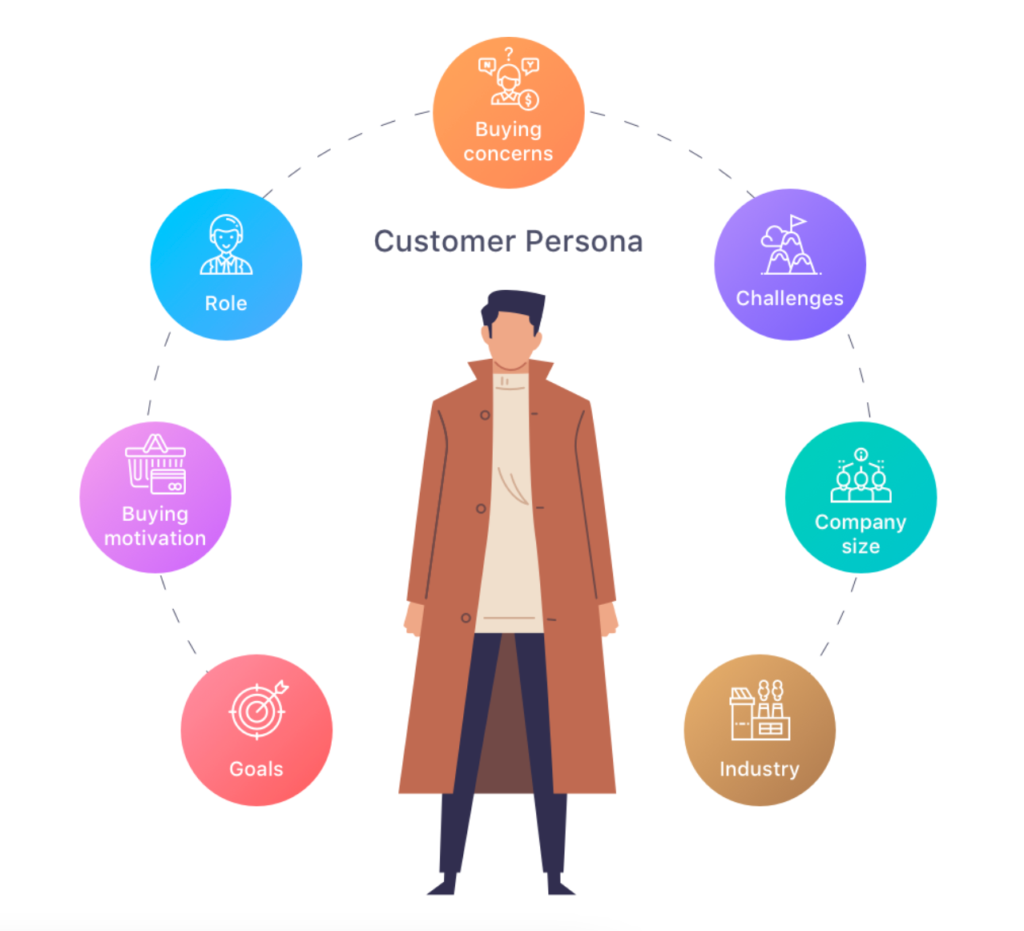Once you have established the right mindset for sales-oriented conversations, it’s time to start thinking about your target personas and understanding what’s important to them as well as the supporting cast making up your target ICP’s Decision Making Units (DMUs). This is the second installment in a series of three articles focused on early customer acquisition strategies.
It’s said the first-time entrepreneur builds a product then goes out to find a market. The experienced entrepreneur finds a problem, talking to the customer personas they believe have the issue, understands what’s important to them, and crafts a bare-bones solution (MVP) for feedback.
I say personas (plural), because it’s more than likely you’ll have a number of personas that will eventually participate in the purchase decision within a single company – a Decision Making Unit (DMU). Consider each customer segment will have a DMU made up of sales personas with their own unique criteria and attributes. A sales persona typically includes a customer’s industry, the type of company they work for, things that are important to them, key pain points, and opportunities.
Based on previous conversations, some research, and reflection, you have an idea of who your target customer might be—a hypothesis about the DMU members who will fall in love with your product. Now you have to go and confirm they actually will. This information helps paint a picture of who they are, so you can craft a value proposition that resonates with them and entices them to buy.
It’s time to sit down with your prospects and continue to listen. It’s an iterative process, but honing target sales personas within unique DMUs boils down to four key steps: Identify, Validate, Reflect, and Translate.
- Identify Knowledge Gaps
Let’s say you’re building a product for temp employment agencies. To truly understand the customer’s needs, you’ll have to understand what it’s like to work in the industry [Focus on understanding your ideal customer profile (ICP)].
Maybe you’ve done some research, you’ve had informal conversations with people in the industry, or you might even have experience in the industry. Take stock of what you already know. What knowledge gaps do you have?
Start thinking about the questions that you want to ask your prospect. You could have different variations of these questions, but at a minimum, it’s helpful to understand:
- What does their daily life look like?
- How are they measured in their jobs? [Identify their KPIs]
- How can you and a partnership impact how they are measured? [Align your solution with their success metrics]
- What do potential partners typically want?
- What do potential partners typically avoid?
- What gets them promoted?
- What gets them fired?
- Who do they report to?
- What does success in their role look like?
Consider writing out these questions ahead of time, but be prepared to actively listen and respond.
 courtesy of Infinity Product Management
courtesy of Infinity Product Management
- Validate Your Hypothesis and Explore
As you sit down with your prospect with your questions (written out in advance) focus on having an open conversation – be curious, and listen.
Let’s look at a specific example of how these conversations go. Say you have a call with someone pretty high up in a temp employment agency DMU. A great conversation could go something like this:
You: So, what typically happens when a client needs hourly workers and they reach out to you? What’s that process look like?
Prospect: Our clients will actually call three or four different companies and say, “Hey, I need five people on Thursday to pack in a warehouse for eight hours.” They’ll call or email me, and they’ll call or email my competitors too. Whoever gets back to them first wins the business.
You: Wow, so it sounds like it’s all about speed. What do you call these hourly orders?
Prospect: We call them ASAP orders.
You: Interesting. Okay. And what percentage of your revenue are they?
Prospect: It’s 25% of my territory’s revenue. You: Wow, that’s pretty big. What’s your win rate?
Prospect: Oh, probably about 20%. You scramble to mobilize your internal team to try to find people, but by the time you get back to them, they’ve already gone with another recruiter. It sucks up a ton of time.
You: Yeah, I can imagine. Well, what if you could respond faster? Or what if the client could automatically send that request through to resources you’ve pre-vetted? Prospect: Oh gosh, that would be huge. If you could help me
Prospect: Oh gosh, that would be huge. If you could help me increase my win rate by 50%, that would have a massive impact on my annual revenue goal. [Quantify the value proposition]
You: Nice, so I’d love to learn more about how you interact with the people who help you find hourly talent. Can we set up a call with them and look to understand their process?
People reveal information in layers. So be sure to start at a surface level with open questions and let your conversation develop and deepen naturally. A great follow-up to any answer is, “Tell me a little more about that. “
- Reflect on Your Learnings
Based on this conversation, what did you learn about your prospect? Are there any other areas you need to understand more deeply? Identify any clear needs or trends that jump out. Ask yourself:
- Did you uncover anything unexpected?
- Have you discovered a new or additional opportunity?
- Have you found a path to provide additional services to create a compound growth dynamic [Focus on long-term customer value]?
- If you’re looking across industries, have you noticed any trends?
Going back to our temp employment agency example, we’ve already learned a lot in this brief conversation.
Our prospect has to act fast to close deals. 25% of their revenue comes from these ASAP orders. They’re measured by response time for an individual deal, and by revenue for their job performance overall. There’s an opportunity to help them respond faster and streamline their process so they can close more deals [Align your solution with their KPIs].
You’ll probably realize new knowledge gaps as well. It’s an iterative process—it’s all about continuous learning.
- Translate Your Learnings Into a Message
If these conversations are open and honest, they’ll include a goldmine of information that will shape a value proposition. [Craft a compelling message that resonates with your ICP]
To sift through it all, prioritize your prospect’s needs. Think about how acute each problem is.
- Could not solving this problem get them fired?
- Could solving this problem get them promoted, or secure their bonus?
- Does this problem directly impact their leadership? How so?
- How high is the cost of the problem?
- What is the potential financial impact of your solution?
- How urgent of a problem is this on their priority list?
Prioritize each need until you whittle it down to the most critical need. Then formulate your messaging. If you could only articulate your ability to solve one problem, what would it be?
When you present an idea to someone, you can’t hit them with everything. You’ve got to focus on one key thing that will really get their attention.
In the case of our temp employment agency example: I can help you increase your revenue by increasing your ability to win ASAP orders. [Focus on a single, quantifiable benefit]
Follow Up
No matter how the conversation goes, always follow up right away to say thank you. This follow up is where you set the stage for future conversations.
(If you’re really good, add a note about something unexpected that you learned about them. Do they love fly fishing? Did their kid just start playing the bassoon? Show that you listened.)
Your First Sales Persona
Now that you’ve “heard it straight from the horse’s mouth,” you can document all this new sales persona information.
Jot down notes about their industry, company, and any other special segment identifiers (number of employees, annual revenue, etc.). Note their primary and secondary challenges, any career path personal wins influences, and who/what influences them (where do they go for recommendations, what do they read, what thought leadership podcasts do they listen to?). And articulate the problem you specifically solve for them (your value proposition).
Revisit this target sales persona often; as you continue to learn over time, you’ll continue to refine it.
Big picture: This exercise helps you understand your target customer. After all, if they feel that you understand their challenge, they’ll be more open to your conversation and potential solution. Ultimately, this makes it easier to scale your sales process and win more customers (which I’ll cover in my next post).









